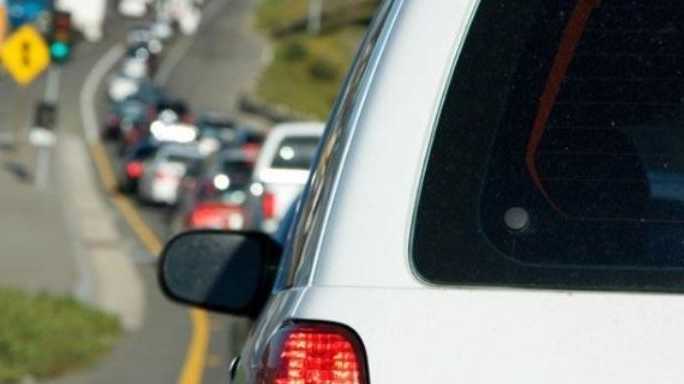This is what Monterey's doing to reduce vehicle emissions
City council held a meeting on Wednesday to discuss the status of the Monterey Climate Action Plan.
The plan, adopted by the city in June 2016, established greenhouse gas emission reduction goals for 2020, 2030 and 2050, which align with state requirements.
By 2020, the city's goal is a 15% emission reduction below 2005 levels, and by 2030 a 25% reduction, and by 2050 an 80% reduction.
As of 2020, Monterey reduced its total GHG emissions by 29% since 2005. The average emission reduction among Monterey, Santa Cruz and San Benito County cities is about 17%.
According to Wednesday's presentation, transportation is the city's largest carbon footprint, accounting for about 65% of the city's total GHG emissions.
"Transportation is without a doubt the 800-pound gorilla in the room," Ted Terrasas, Monterey's sustainability manager, said. "We need to do everything we can here to be ready to support that transition to zero-emission vehicles, whether it's people bringing in new electric vehicles or we work on potentially a regional transportation project. We could even link with other cities for an electric bus program or something we can put together to start minimizing the trips people are taking."
To mitigate vehicle gas pollutants, the city has launched a variety of initiatives to support California's adoption of clean-air vehicles.
Fifty percent of Monterey's vehicle fleet is either hybrid or electric-powered. Eventually, the city hopes all its vehicles will be solar-powered.
In addition, the city has made multiple adaptations to the city's infrastructure.
In recent years, the city installed a more efficient traffic signal system in five of the seven arterial corridors. The city estimates the system reduces vehicle emissions by 20 tons annually.
Now the city is trying to install more electric vehicle charging stations, 17 of which are planned for Fisherman's Wharf.
However, according to the nonprofit Land Watch, housing is as much an environmental issue as transportation is.
"In order to accommodate more development inside our city centers, we need to be able to build up," Gabriel Sanders, the deputy director of Monterey County Land Watch. "That means higher densities allowed in our downtown area, as well as other transport or transit corridors like Lighthouse Avenue or Fremont."
Sanders underscores the idea that a lot of the traffic comes from commuters who work in Monterey's hospitality industry and are unable to afford to live in town.
For years development on the peninsula has been a sensitive topic due to a lack of available water. That could change with plans to create two new desalination plants in Marina and Moss Landing and a proposed deal to expand the use of recycled water.
"I think we can walk and chew gum at the same time. And there are solutions to the water scarcity issues that are coming down the pipeline, no pun intended, with the pure water Monterrey expansion currently it looks like that should cover our water needs," Sanders said.


